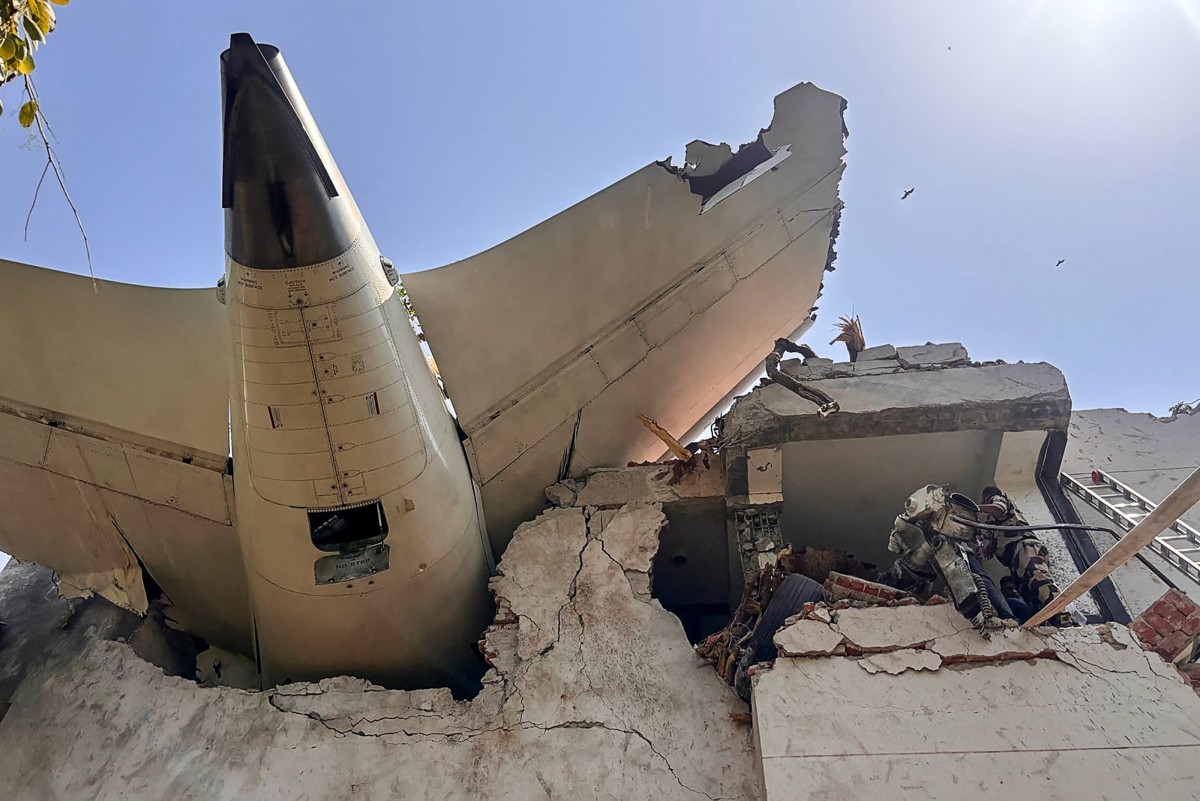Singapore, Singapore — There is a “strong argument” for putting video cameras in airline cockpits to assist in accident investigations, the head of global aviation industry group IATA said Wednesday.
The comments by Willie Walsh, director-general of the International Air Transport Association, followed the release of a preliminary report on last month’s Air India crash, which found that the plane’s engine fuel switches had been turned off.
The report, issued Saturday by India’s Aircraft Accident Investigation Bureau (AAIB), did not offer any conclusions or apportion blame for the June 12 disaster, but indicated that one pilot asked the other why he cut off fuel, and the second pilot responded that he had not.
The crash killed all but one of the 242 people on board as well as 19 people on the ground.
Walsh, a former commercial airline pilot, said he understood the reluctance of pilots to put video cameras in the cockpit.
But “on a personal basis, because we’ve not discussed this at IATA, I can see that there is a strong argument for the inclusion of video in the cockpit to assist in accident investigations”, he told reporters.
“It’s quite possible that a video recording, in addition to the voice recording, would significantly assist the investigators in conducting that investigation,” Walsh added.
Asked if IATA would recommend a redesign in the cockpit to prevent any accidental turning off of the engine fuel switches, Walsh said the industry body will have to wait for a more detailed report and not speculate.
“I think it’s important that we allow the accident investigators to conduct a full and proper investigation and to wait for them to publish their report and then deal with it at that stage,” he said.
But he also lauded the preliminary report for containing “more information than most people were expecting”.
The initial probe’s findings sparked speculation by several independent aviation experts that deliberate or inadvertent pilot action may have caused the London-bound Boeing 787-8 Dreamliner to crash soon after takeoff from Ahmedabad in western India.








